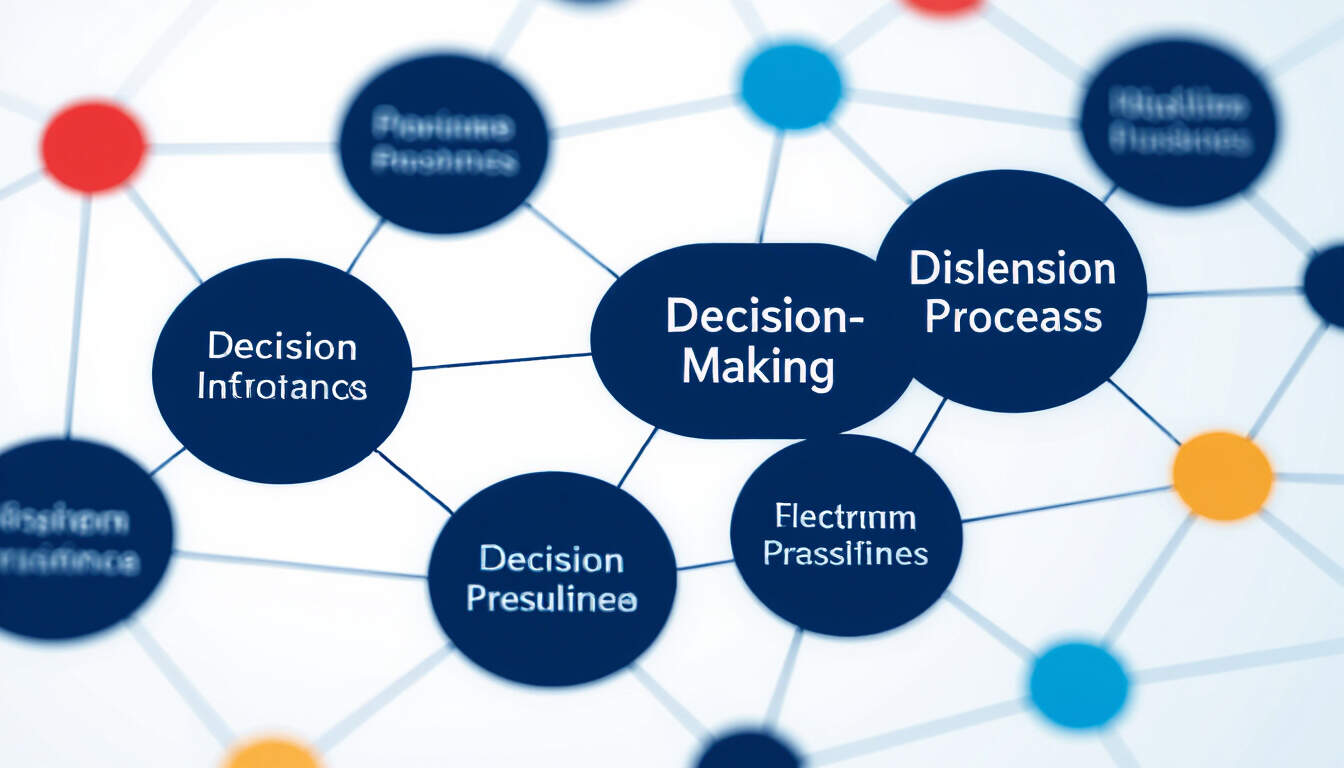Feedback Loops and Second-Order Thinking in Leadership Decisions
 by Max Miller
by Max Miller
Feedback loops and second-order thinking enhance leadership decisions by revealing long-term outcomes and system interactions. This article examines how these concepts improve decision-making for professionals and students, fostering better personal development through analytical approaches.

Feedback loops play a crucial role in shaping effective leadership decisions. In leadership, these loops occur when actions lead to results that influence future choices, creating a cycle of continuous adjustment. For instance, a leader's decision to implement a new policy might generate outcomes that feed back into the organization, altering subsequent strategies.
Second-order thinking adds depth to this process by encouraging leaders to look beyond immediate effects. This approach involves considering the indirect consequences of decisions, helping to anticipate how initial actions might ripple through systems over time. In leadership decisions, second-order thinking can prevent short-sighted errors by revealing potential chain reactions.
To illustrate, consider a business leader choosing to downsize a team. The first-order effect is cost reduction, but feedback loops might show decreased morale and productivity, leading to higher turnover and further financial strain. By analyzing these interconnections, leaders can refine their approaches for more sustainable results.
In practice, feedback loops can be positive or negative. Positive loops amplify success; for example, investing in employee training might boost performance, which in turn encourages more investment. Negative loops, however, can spiral into problems if not addressed, such as poor communication eroding trust and leading to more missteps. Leaders who recognize these patterns can intervene early to steer outcomes.
Applying These Concepts in Daily Leadership
For professionals in various fields, integrating second-order thinking into decision-making processes offers clear advantages. It promotes a more analytical mindset, where leaders evaluate not just what will happen, but why and how it connects to broader goals. This method is particularly useful in dynamic environments like project management, where decisions affect team dynamics and long-term objectives.
Students and curious individuals can also benefit from these ideas in personal development. By applying feedback loops to their studies or career planning, they learn to monitor progress and adjust efforts based on results. For example, consistent feedback from mentors can help refine skills, creating a loop that accelerates growth.
One effective way to incorporate these elements is through regular reflection sessions. Leaders might review decisions weekly, examining outcomes and identifying loops that influenced results. This practice builds awareness and improves future choices by highlighting patterns that might otherwise go unnoticed.
Challenges and Strategies
While beneficial, relying on second-order thinking and feedback loops presents challenges. Overanalysis can lead to paralysis, where leaders hesitate due to endless possibilities. To counter this, focus on key variables that directly impact goals, simplifying the decision process without losing insight.
In systems thinking, feedback loops often intersect with organizational structures. For instance, in healthcare leadership, policy changes might affect patient care, which then influences staff satisfaction and operational efficiency. Recognizing these links allows for proactive adjustments, ensuring decisions align with overall mission.
Personal development thrives when individuals apply these concepts to their lives. A student preparing for exams might track study habits and results, using feedback to optimize routines. This analytical approach fosters resilience and adaptability, key traits for long-term success.
Real-World Examples
History provides examples of how these principles have shaped outcomes. In technology firms, leaders who anticipated market shifts through second-order analysis avoided pitfalls that affected competitors. By monitoring feedback from user data, they adjusted products iteratively, leading to innovation and stability.
In education, teachers acting as leaders use feedback loops to enhance learning. Regular assessments provide data that informs teaching methods, creating a cycle where student performance improves over time. This demonstrates how second-order thinking in leadership decisions can transform environments for the better.
Building a Framework for Better Decisions
To build a framework, start by mapping out potential loops for any decision. Identify immediate effects and trace them to secondary impacts, then monitor how they evolve. Tools like journals or simple diagrams can aid this process, making it accessible for anyone.
For professionals, this framework supports career advancement by encouraging strategic planning. In teams, it promotes collaboration, as members share insights on loops, leading to collective growth. Curious individuals might experiment with these ideas in everyday choices, observing how small adjustments create significant changes.
Ultimately, embracing feedback loops and second-order thinking equips leaders with the tools for thoughtful, impactful decisions. By fostering an analytical tone in their approach, they not only enhance their own development but also inspire those around them. This focus on cognitive processes ensures decisions are not made in isolation but as part of a larger, interconnected system.
